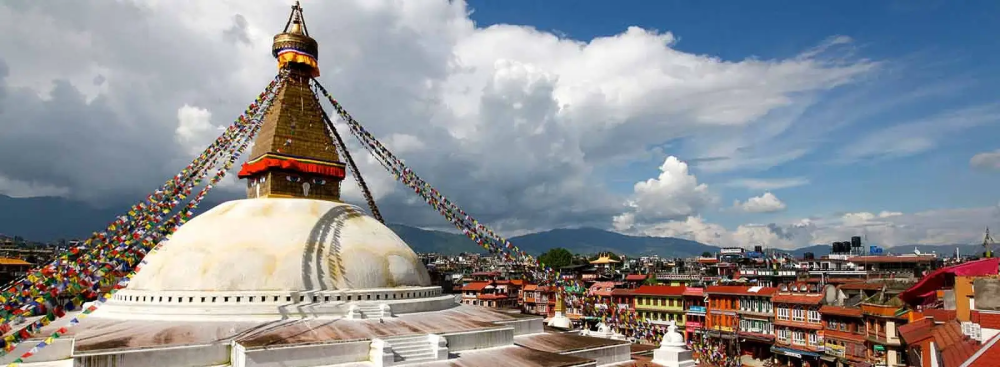

The Adi Baba Mandir in Zuluk, Sikkim, is a revered shrine situated in the Eastern Himalayas of India. Over the years, it has become a prominent landmark for both spiritual travelers and adventure enthusiasts visiting the region. The shrine is dedicated to Baba Harbhajan Singh, a soldier in the Indian Army who is treated as a saint by soldiers of the Indian army and the locals alike.
The history of the shrine is both compelling and unique. Baba Harbhajan Singh was an Indian Army soldier who died near the Nathula Pass in Eastern Sikkim. According to local folklores and beliefs, Baba Harbhajan Singh's spirit still protects the soldiers in the inhospitable terrains of the Eastern Himalayas. The original "Baba Mandir" was constructed at the site of his samadhi, at an altitude of around 13,123 feet, while the Adi Baba Mandir, which is more accessible to tourists, has been created as a tribute to him.
Tourism in the Zuluk region has been historically influenced by the mystical charm and the patriotic sentiment associated with the Adi Baba Mandir. The shrine not only draws devotees who come to pay homage to Baba Harbhajan Singh but also enriches the cultural landscape of Sikkim, meshing well with the state's focus on eco-friendly and sustainable tourism.
Visitors to the Adi Baba Mandir can experience the tranquil atmosphere and participate in the daily rituals conducted in honor of Baba Harbhajan Singh. The temple's location also offers breathtaking views of the surrounding valleys, rugged terrains, and the majestic Eastern Himalayas, which is a bonus for those fond of scenic beauty and photography.
The Adi Baba Mandir in Zuluk is accessible via a motorable road but requires a special permit as it is located close to the Indo-China border. The best time for tourists to visit the shrine is between the months of May to September when the weather is most conducive for travel.
As sustainable travel becomes more prevalent, Zuluk's tourism is seeing a shift towards eco-friendly practices and community-based experiences. The area has been promoting responsible tourism to ensure minimal impact on the unique ecosystem.
Moreover, the inclusion of offbeat destinations like Zuluk in popular Eastern Himalaya expedition itineraries and the emphasis on experiential travel has resulted in a rise in the number of adventure-minded tourists visiting Adi Baba Mandir and its surroundings for trekking, bird watching, and exploring the ancient Silk Route history.
In conclusion, Adi Baba Mandir, nestled within the serene embrace of Zuluk, continues to thrive as a spiritual abode and a starting point for numerous trekking adventures. It embodies the confluence of culture, faith, and raw natural beauty, making it a coveted destination among tourists seeking a holistic Sikkim experience.